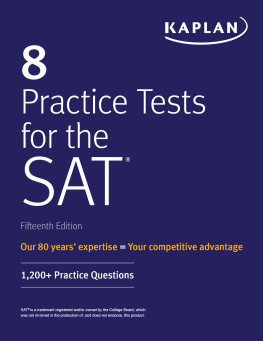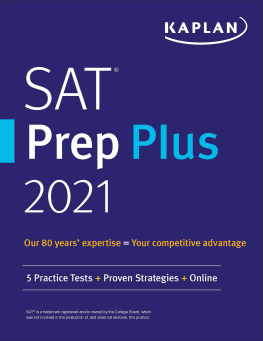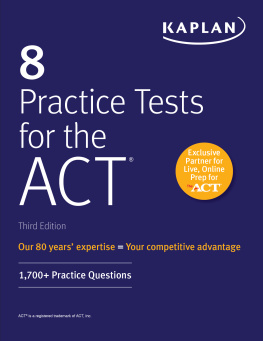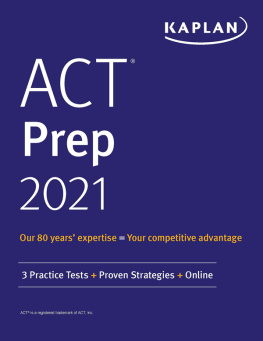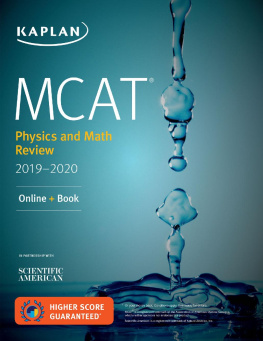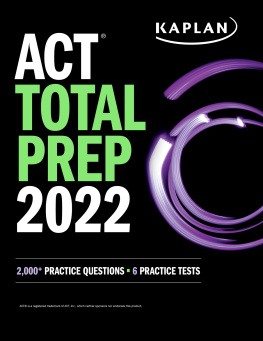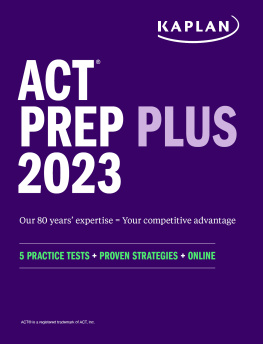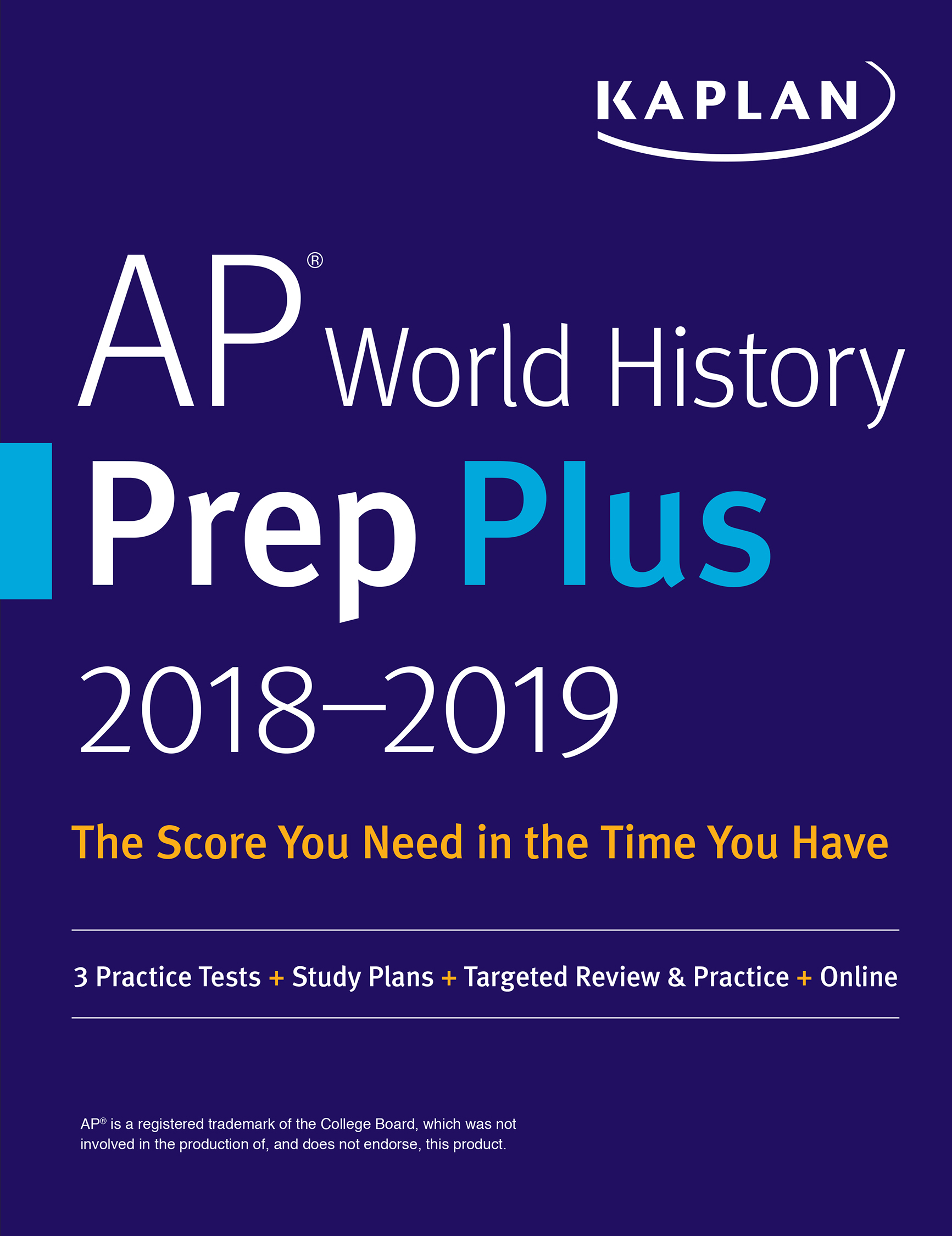
Special thanks to the following for their contributions to this text: Laura Aitcheson, Sharon Barazani, Steve Bartley, Leslie Buchanan, Matthew Callan, Lana Chiad, Lauren Claus, Jonathan Darrall, M. Dominic Eggert, Tim Eich, Mark Feery, Isabella Furth, Chris Gage, Joanna Graham, Adam Grey, Rebekah Hawthorne, Katy Haynicz-Smith, Peter Haynicz-Smith, Andre Jessee, Rebecca Knauer, Liz Laub, John Magoun, Melissa McLaughlin, Terry McMullen, Emily Moore, Jenn Moore, Kristin Murner, Amira Sadi, Ethan Underhill, Oscar Velazquez, Lee Weiss, Dan Wittich, and Nina Zhang.
AP is a registered trademark of the College Board, which was not involved in the production of, and does not endorse, this product.
This publication is designed to provide accurate information in regard to the subject matter covered as of its publication date, with the understanding that knowledge and best practice constantly evolve. The publisher is not engaged in rendering medical, legal, accounting, or other professional service. If medical or legal advice or other expert assistance is required, the services of a competent professional should be sought. To the fullest extent of the law, neither the Publisher nor the Editors assume any liability for any injury and/or damage to persons or property arising out of or related to any use of the material contained in this book.
2018 by Kaplan, Inc.
Published by Kaplan Publishing, a division of Kaplan, Inc.
750 Third Avenue
New York, NY 10017
All rights reserved under International and Pan-American Copyright Conventions. By payment of the required fees, you have been granted the non-exclusive, non-transferable right to access and read the text of this eBook on screen. No part of this text may be reproduced, transmitted, downloaded, decompiled, reverse engineered, or stored in or introduced into any information storage and retrieval system, in any form or by any means, whether electronic or mechanical, now known or hereinafter invented, without the express written permission of the publisher.
Ha Qiongwen, Become a red seedling. March 1965. Poster, 77 x 53 cm. International Institute of Social History, Amsterdam, Netherlands. From: International Institute of Social History collection, https://chineseposters.net/posters/e12-474.php. Used with permission.
Than, Ker. Massive Population Drop Found for Native Americans, DNA Shows. National Geographic, National Geographic Society, 5 Dec. 2011, news.nationalgeographic.com/news/2011/12/111205-native-americans-europeans-population-dna-genetics-science/. Used with permission.
Vimala: The Former Courtesan (Thig 5.2), translated from the Pli by hnissaro Bhikkhu. Access to Insight (Legacy Edition), http://www.accesstoinsight.org/tipitaka/kn/thig/thig.05.02.than.html. Used with permission.
10 9 8 7 6 5 4 3 2 1
ISBN-13: 978-1-5062-2557-9
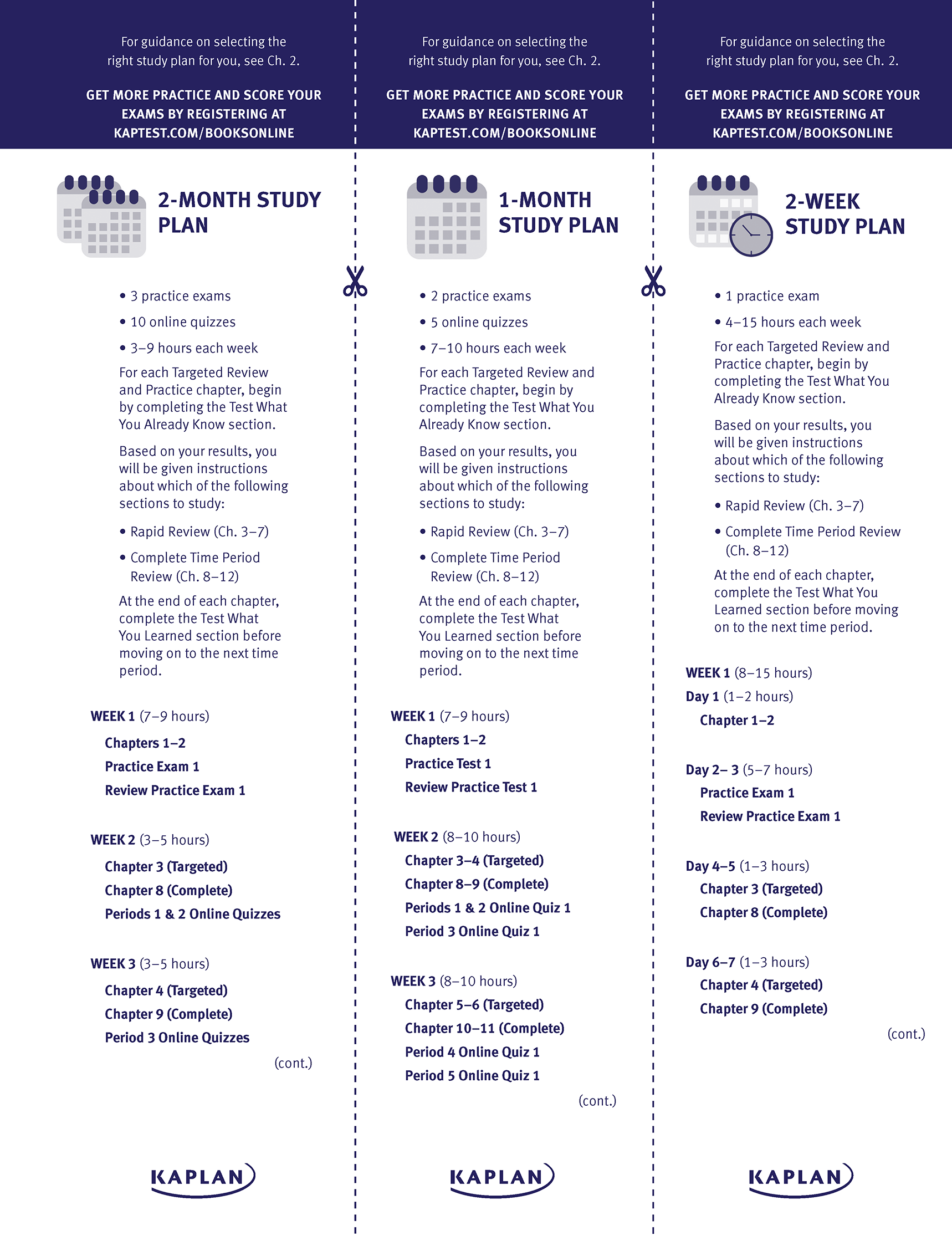
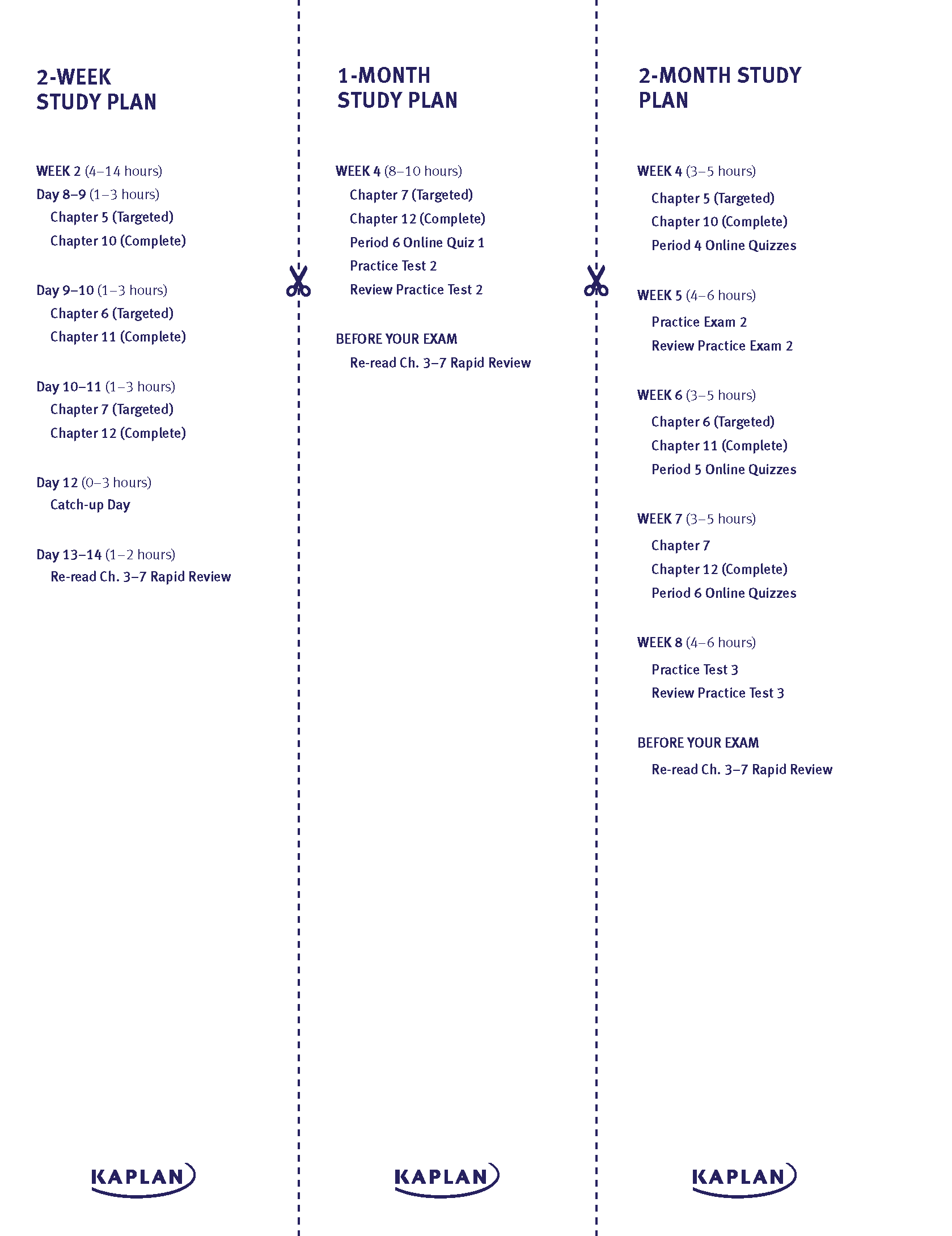
Part 1
Getting Started
Part 1 Getting Started
Chapter 1
What You Need to Know About the AP World History Exam
Introduction
Congratulations on your decision to take the Advanced Placement exam in world history! The exam is a big one: its content measures your knowledge of world history from 8000 B.C.E. to the present. In preparing for the AP exam, you certainly will have built a solid foundation of historical knowledge. While this historical knowledge is critical to your learning, keep in mind that rote memorization of facts, dates, and events alone does not ensure success! The AP exam asks you to apply what youve learned at a higher level in order to demonstrate college-level abilities.
Thats where this book comes in. This guide offers much more than a review of world history. Well show you how to marshal your knowledge of world history and put it to brilliant use on the AP exam. Well explain the ins and outs of the exam structure and question formats, so you wont experience any surprises. Well even give you reading and writing strategies that successful students use to score higher on the AP exam.
Are you ready for your adventure through the study and mastery of everything AP World History? Good luck!
Overview of the Exam Structure
Advanced Placement exams have been around for decades. While the format and content have changed over the years, the basic goal of the AP program remains the same: to give high school students a chance to earn college credit or advanced placement. To do this, a student needs to do two things:
- Find a college that accepts AP scores.
- Score well enough on the exam.
The first part is easy because most colleges accept AP scores in some form or another. The second part requires a little more effort. If you have worked diligently all year in your course work, youve laid the groundwork. The next step is familiarizing yourself with the exam.
What's On the Exam
The main goal of the College Board (the makers of the AP World History exam) is to help students think like a historian. To that end, some skills and methods you'll be expected to demonstrate are:
- analyzing primary and secondary sources
- making historical comparisons
- using reasoning about the context, causation, and continuity over time of major historical developments
- developing historical arguments
The AP World History exam is broken down into six historical periods:
| Period | Period Title | Date Range | Weight |
| 1 | Technological and Environmental Transformations | to 600 B.C.E. | 5% |
| 2 | Organization and Reorganization of Human Societies | 600 B.C.E. to 600 C.E.
| 15% |
| 3 | Regional and Interregional Interactions | 600 C.E. to 1450 C.E.
| 20% |
| 4 | Global Interactions | 1450 C.E. to 1750 C.E.
| 20%
|
| 5 | Industrialization and Global Integration | 1750 C.E. to 1900 C.E.
| 20%
|
| 6 | Accelerating Global Change and Realignments | 1900 C.E. to the present
| 20%
|
Exam Structure
The AP World History exam is 3 hours and 15 minutes long. Section I is 1 hour and 35 minutes long and consists of 55 multiple-choice questions and 3 short-answer questions. Section II is 1 hour and 40 minutes long and consists of one document-based question (DBQ) and one long essay question (LEQ).
| Section | Part | Percentage of Exam | Timing |
| I | Part A: Multiple-Choice (55 Questions) | 40% | 55 minutes |
| Part B: Short-Answer (3 Questions) | 20% | 40 minutes |
| II | Part A: Document Based (1 Question) | 25% | 100 minutes
(includes a recommended 15-minute reading period) |
| Part B: Long Essay (1 Question) | 15% |
Question Types
Let's take a brief look at what question types you'll see on the exam. In the following chapter, we'll go into even more detail about how to approach each question type in order to earn a high score.
Next page


